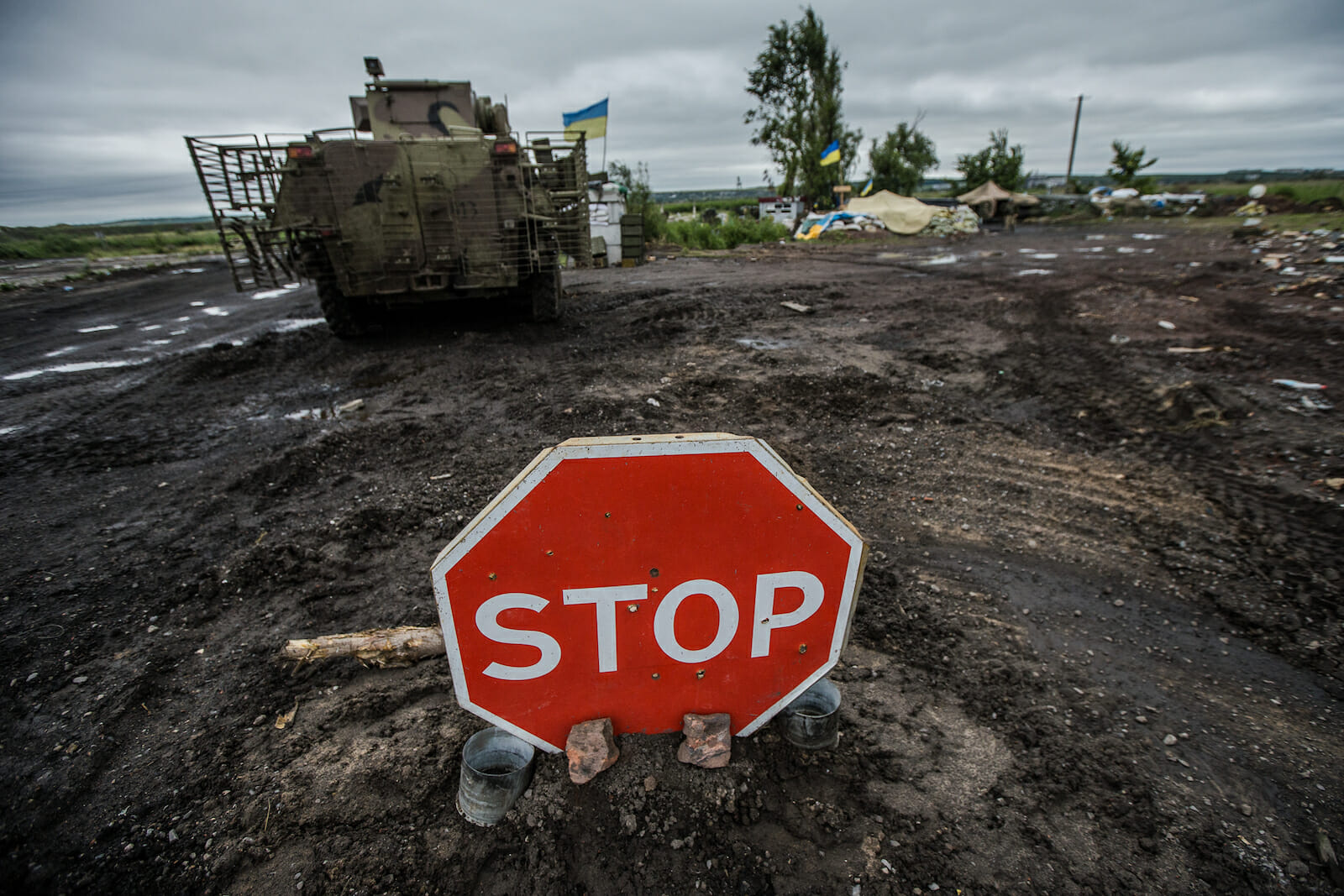
Why the Ukraine Crisis will never be a ‘Frozen’ Conflict, Unless…
When the news broke on 25 November 2018 that Russia had seized three Ukrainian naval ships and their crews near the Kerch Strait, President Donald Trump called off the scheduled meeting with Russian President Vladimir Putin which was supposed to take place on the sidelines of G20 Summit in Argentina. Given the intensity of the crisis, political analysts began to revisit the understanding of Russia-Ukraine hostility which until now was treated as a ‘frozen conflict.’ Russia accused Ukraine’s alleged action as an act of ‘provocation.’ Ukraine stated that the denial to its naval vessels to access the Kerch Strait was a violation of the Agreement signed on December 24, 2003 that allows cooperation between the two countries in the Kerch Strait and the Sea of Azov.
The renewed crisis between Russia and Ukraine has nevertheless brought to light that the conflict between the two countries is far from over. The Sea of Azov crisis is just one of the many flashpoints for the tensions between the two countries as it is more complicated and driven by five major factors.
First. The 2013 Ukraine imbroglio reflected that the very foundation for a strong and sustainable partnership between Russia and Ukraine has failed over the years. Russia’s approach to its relations with Ukraine is mainly through the prism of securitisation in former Soviet space. Ukraine, on the other hand, continues to view Russia’s foreign policy as an extension of its assertiveness pursued during the Soviet era. The Euromaidan protests (2013) and the current Sea of Azov crisis is an axiomatic outcome of the failure of accommodating each other’s interests.
Second. The Black Sea has historically occupied an important position both economically and militarily in Russia’s foreign policy interests. The region addresses Russia’s geographical inadequacies, For instance, the Russian Black Sea naval fleet based at Sevastopol in Crimea- is Russia’s only important warm water port. Also, some of the littoral states in the Black Sea are NATO members and NATO partner countries which complicates Russian security interests. Besides, Ukraine’s future membership in NATO or the EU would encircle Russia making its strategic depth vulnerable in the region.
With the re-claim of Crimea in 2014, Russia asserts greater control over the Kerch Strait and Sea of Azov. The strategy is mainly to impede the US and its allies from using Ukraine as a ‘trump card’ in order to put a check on Russia’s growing influence in the region.
Third. The 2013 Ukraine imbroglio exposed an intense ethno-political polarization deeply rooted in the demographic structure of Ukraine. Anti-Sovietism and pro-European sentiment was displayed during the Euromaiden protests in 2013 in Western Ukraine while the industrial heartland, the Eastern (Donbass) region, has expressed strong pro-Russian sentiment which saw the Crimean referendum as an opportunity to rejoin Russia. Evidently, the results of Ukraine’s 2004 and 2010 presidential elections can be cited as evidence to bolster this argument. A ‘pan-Ukrainian’ identity will be a reality only when Kiev is able to address the demographic split in the country.
Fourth. Ukraine, since its independence, has been characterized dominantly by a single central feature: ‘vacillating’ foreign policy. The unsuccessful attempt to associate with either the EU or the US or integration with Russia is a result of Ukraine’s failure in pursuing an independent policy towards external actors. For Russia, the foreign policy dilemma of Ukraine has posed a challenge in countering the expansionist policy of NATO in former Soviet space.
Finally. Ukraine is a ‘bone of contention’ in NATO’s ‘expansionist’ policy versus Russia’s consolidation in former Soviet space. Even after the annulment of the Warsaw Pact, the US led NATO’s anti-Russia policy in former Soviet space has caused Russia anxiety. In addition, the ‘Orange Revolution’ (2004) and NATO’s lucrative offer of a possible membership to Ukraine is another concern for Russia. With Russia determined to keep the West at bay in Ukraine, and ‘punching above its weight’ to preserve its interests in Ukraine, the challenge for Russia would still be to rebuild Ukraine as an asset rather than a liability.
At the heart of the ongoing crisis between Russia and Ukraine, Ukraine’s domestic crisis, is the historical hostility between Russia and Ukraine including the conflict of interests between Russia and the West in Ukraine indicates that the Ukraine crisis can never be a frozen conflict. Ukraine may, however, reconstruct its existing foreign policy and may possibly focus at formulating a ‘multi-alignment’ foreign policy to balance all major players to promote its national interests and preserve its national security. Russia can revisit its assertive policy pursuit in order to develop a sustainable partnership especially with former Soviet Republics such as Ukraine. Should Russia, Ukraine and NATO members fail to resolve the Sea of Azov crisis without the use of military power, the conflict will no longer be a geographically restricted conflict. Countries such as India will be impacted by the domino effect of the conflict as it involves two of its major bilateral partners- Russia and the US.
Given the likely repercussions of the conflict on international geopolitics, the concerned parties (Ukraine, Russia, NATO and EU) may formulate a mechanism without the use of hard power and work towards a more viable option to establish security and stability both regionally and at the global level. More importantly, the Ukraine crisis will never be a ‘frozen’ conflict unless Russia and Ukraine address the historical baggage and existing grievances which would mutually benefit the partnership.

